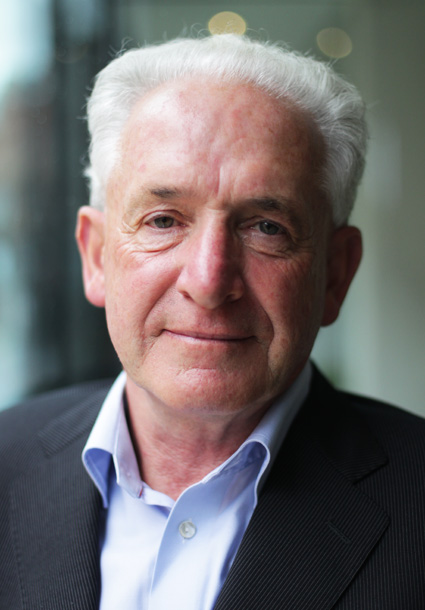Tomorrow evening for the Vigil Mass, and again for the various Monday morning Christmas Masses, our churches will be full. Many of the people who come will not return for the rest of the year. They have left the practice of the faith behind them, for various reasons, but often in this modern, highly educated world, the Church’s version of the Christian message no longer makes sense to them. It doesn’t fit in with their life experience. But still they will be there for Christmas.
We have grown up with the magic of the Christmas story. It is a story that has a special appeal to children, with messages in dreams, singing angels flying overhead, the child in the manger with the animals keeping guard. “Glory to God in the highest”, the shepherds come, and then the wise men from the east. It is a beautiful story, but it is a mythical account of the birth of Jesus, not a historical one. It emerged only in the later scriptural accounts, and is not mentioned in the earlier works, those of Paul and Mark. It contains similar elements to other ancient myths about the birth of gods. We actually do not have any historical account of the birth of Jesus of Nazareth, when, how or where it took place. But this doesn’t mean that the story in the Gospels is false; not at all. The ancient writers understood that, when we are dealing with the mystery of Divine action in the world, the only way we can get some grasp of the truth is through mythological story, because myth and story can reveal the deeper truths in a far better way than can be done by the bare recounting of ‘facts’. The truth that this story is trying to tell is that God intervened at a certain point in human history by sending someone who was in a very special way a manifestation of the nature of God, who was a revelation of God.
The problem for the Church is that it has for too long presented the Christmas story as historical reality. In doing this it has weakened the power of the myth, and turned it into a story for children. We need to recover again the richness of the myth, in a way that will both attract and challenge the modern world with the Divine message of love and mercy personified in Jesus, which is what the Christmas story is really all about. However he understood himself and his mission, Jesus of Nazareth clearly was a unique representation of the mystery of the Divine, and in living this out, and speaking the truth boldly, he came to the inevitable end of anyone down through history who radically challenged the prevailing powers. He was put to death, the standard method of that time being crucifixion on a wooden cross. When his small group of followers got over the initial shock of what had happened to him, they gradually began to realise that, while he had died and was buried, he had not gone away from them. It does not help for us to get too tied up in how exactly the resurrection and ascension of Jesus happened. Rather let us leave the details of those events where they belong, in the mysterious action of God. The really important thing underlying this story is that the followers of Jesus came to know at some profound level that Jesus was still with them, and that the same understanding is experienced by those who try to base their lives on the person and message of Jesus down to this day. They experience him as risen, as alive. That is all that matters.
Among Catholic theologians and Bible scholars what I have written above is discussed and debated, more freely now that Pope Francis is inviting us to speak without fear. But we don’t hear these views being raised. during the average homily at Sunday Mass. Is there a policy that it is best not to “confuse the faithful” best to leave them with their ‘simple’ faith? But most people don’t have simple faith any more. We have questions, doubts and uncertainties, and we need to explore these so that we can come to a belief that makes sense in our own lives, and helps us to live more fully.
Along with not giving people a proper knowledge of how to interpret the Bible, the Church is also burdened with beliefs and doctrines that have come down to us from as far back as the fourth century, when the understanding of life, the human person and the universe was very different to what we know today. Definitions of whyexactly Jesus came into the world, and precise descriptions of the nature of God, coming from those times and in the language of that era, are still presented to us as essential doctrines of faith. I like what the English theologian, Charles Raven, wrote in the last century:
“It is sinful pride, and great foolishness, to talk as if we could define the infinite or formulate absolute truth. We must beware of claiming for our words an ultimate wisdom, an inerrant authority”.
Religious faith in the modern world must recognize and respect peoples questionsand uncertainties. We are dealing with a reality that transcends our experience. We must also give total respect to the individual conscience. And we must be open to finding new language and new images and analogies to illustrate ancient beliefs in a way that will be meaningful to the twenty-first century educated person. That is an enormous challenge for the Christian churches. Are we capable of letting go of long-held formulations and interpretations, in order to find new ways of saying old things? Are we capable of construing the Christian story in a way that respects the rational mind and encourages people to enter into the mystery of God?
